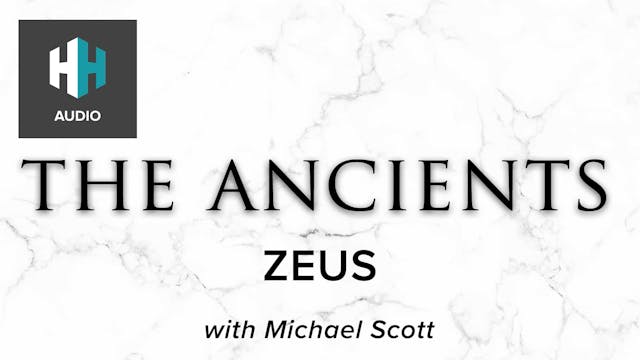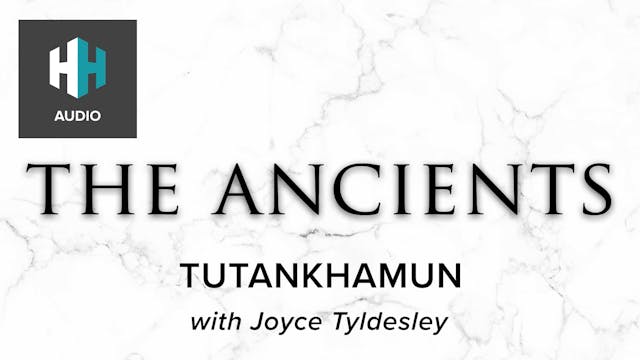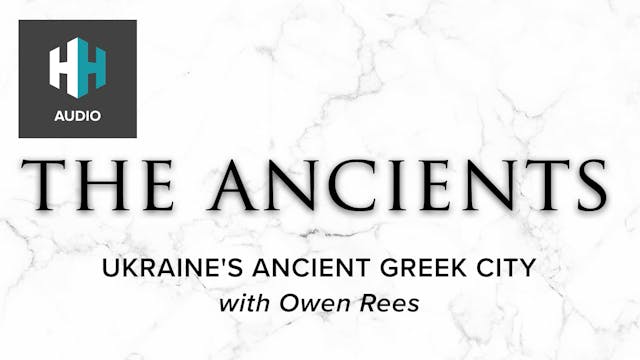200,000 years ago in what is now Tibet, two children left a set of hand and foot prints on a travertine boulder, still identifiable today and is thought to be the earliest example of cave art.
In today’s episode, Tristan Hughes is joined by Dr Sally Reynolds from the University of Bournemouth, who describes the evidence that suggests this was a deliberate act of creativity, highlighting the human urge to make art goes back millennia.
We also learn that these feet and hands likely belong to Denisovans, predating Homo sapiens in Europe and Asia.
It’s a fascinating discussion around not just art, but also the earliest evidence of humans living high altitude anywhere in the world, and a glimpse into what human behaviour would have been like to allow for children to be this creative nearly a quarter of a million years ago.
Up Next in 🎧 The Ancients
-
🎧 Zeus
Zeus, the chief deity, is the Olympian god of sky and thunder. He is king of all other gods and men, and the key figure in Greek mythology.
His tale is one of overthrowing fathers, eating babies and seducing women, both mortal and divine, by changing his own form. He's one of the most complex fi...
-
🎧 Tutankhamun
Tutankhamun is one of the most famous names in ancient history. Known as the 'Boy King', he ascended the Egyptian throne at the age of 9 and ruled for just under a decade. In this time, there's evidence of his sporting activities, his religious restoration, and even his penchant for an ancient Eg...
-
🎧 Ukraine's Ancient Greek City
Located in modern day Ukraine, Olbia was the largest ancient Greek settlement on the coast of the Black Sea. A mix of Scythian and Greek culture, Olbia interacted with settlements and cultures across the ancient world.
In this episode, Tristan is joined by Dr Owen Rees to talk about the fascina...




1 Comment